01 PlayRate:
Overcome sensorial overload With video games
According to different studies, people with Auditory and Visual Hypersensitivity (AVH) usually experience sensory overload while playing video games, due to explosive colors, bright lights, and loud noises. Through the lens of Design Thinking, a prototype was created to attempt to mitigate the uncomfortable experience of playing overstimulating video games with AVH.
Student Project (in group)
Rapid Prototyping Class
MSc New Media Design
at Tilburg University
3 months (2022)
UX Research
UX Design
UI Design
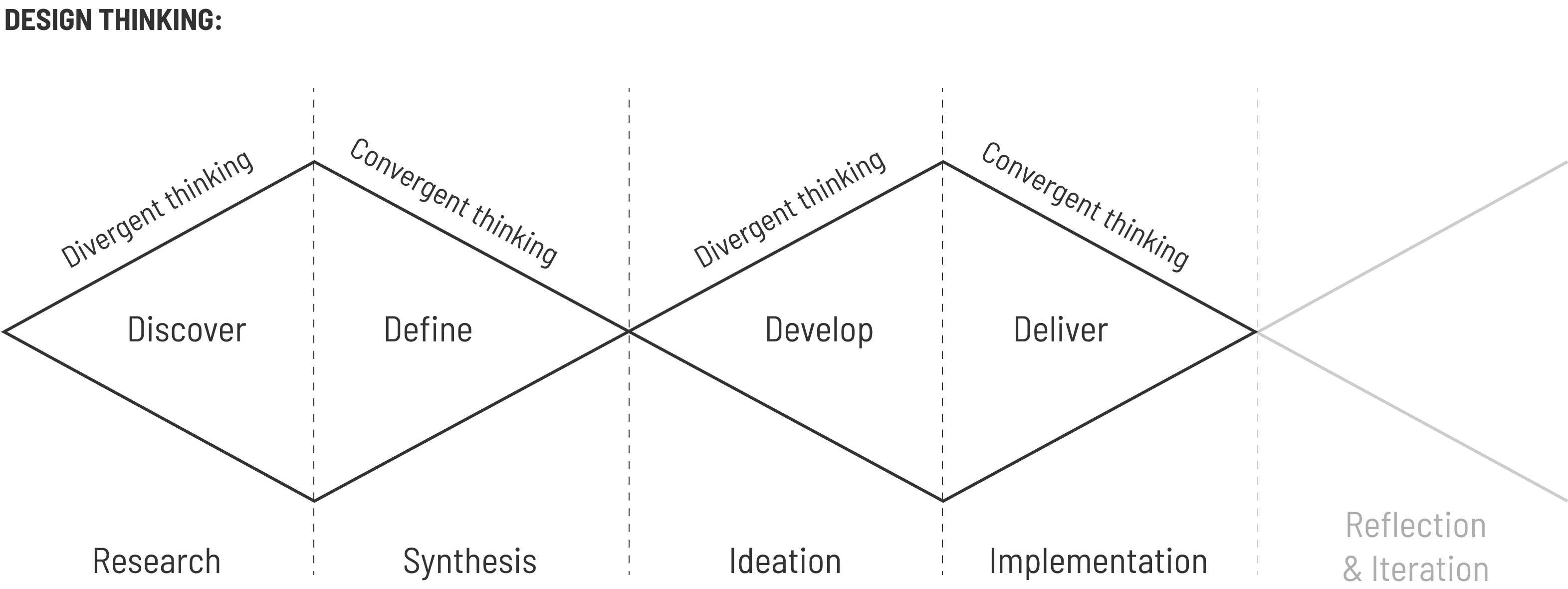
Study shows that high sensitivity is experienced by 15-20% of the population [1]. These people can often go through sensory overload when their senses (e.g., taste, smell, sight, hearing, touch) are overstimulated by external stimuli that make them uncomfortable. Previous studies found that highly sensitive people experience more anxiety than other people due to sensory overload. When experiencing it, they are easily triggered and tend to isolate [2] or not feel well [3]. If it is possible to prevent discomfort for these users, a solution should be provided for them.
Prior research already presents how to deal with high sensitivity and what are the consequences of it. However, the aim is to find an applicable solution for people with AVH when playing video games. It is expected to contribute to the existing findings by bringing a different insight into the problem, and hopefully, highly sensitive people may benefit from the outcomes when experiencing sensory overload while playing video games.
The storytelling illustrates one of the many feelings a highly sensitive person may experience while playing colorful and/or noisy video games. The aim was to find a solution that could reduce sensory overload, help them to enjoy video games like any other person, and avoid making feel them left out.

The other day my friend lend me a new video game.

I was excited to try it.
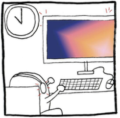
I noticed the game was very noisy and colorful.

After a while, I felt overwhelmed.

Before sleeping, I felt dizzy and couldn’t rest.

I thought my friends would exclude me cause I didn’t play. I felt frustrated.
Each member of the project reflected on three possible solutions and created low-fidelity prototypes. The goal was to encourage divergent thinking and generate ideas. Many emerged from the individual brainstorming: a headset with filtered glasses, a smartwatch that measures the heartbeats, a plug-in in the video game, a video game Tinder with recommendations, preset parameters, and many more.
After discussion, several prototypes were revealed to be pertinent and three of them would be selected to create the ideal product to reduce sensory overload. These ideas were the recommendations on an app, the smartwatch that tracks the heartbeat, and the filtered effects.
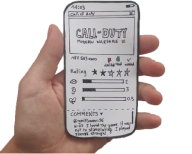
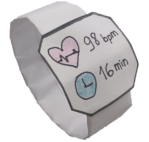

The PlayRate prototype is a combination of three ideas that came up during the brainstorming sessions. It is one concept spread over three devices.
The console extension is the main element of the merged prototype. The user can download it on its console and it acts as a plug-in. It modifies visuals and sounds on the screen and audio. The player can either manually set up a preset for each game or a default configuration for all games. The configuration settings are accessible through the mobile app.
The list of items within the configuration setting can be extensive, for example, the player can turn off, switch out, or change the volume of triggering sounds; and change the exposure, contrast, saturation, etc. of visual stimuli. The player can also set when the configuration would appear, for example, from the start of gameplay, after 30 minutes, or when the heart rate reaches 120 beats per minute, etc.
The smartwatch measures the player’s heart rate and playtime and save the information to the mobile app. It is also connected to the plug-in so it can regulate the visual and auditory stimuli simultaneously according to the physiological measurements during the gameplay.
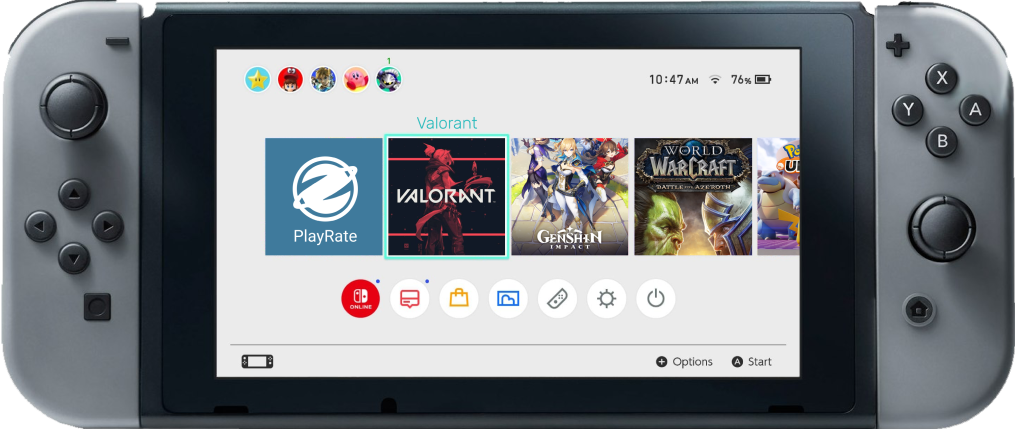
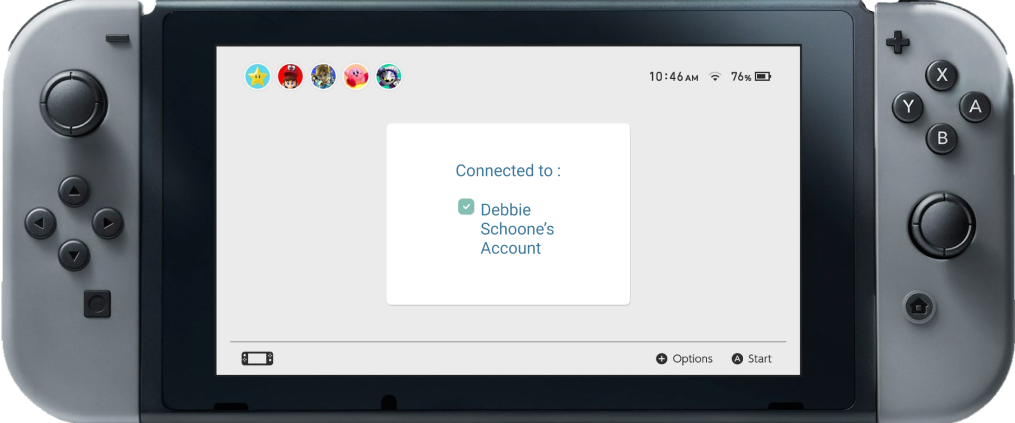
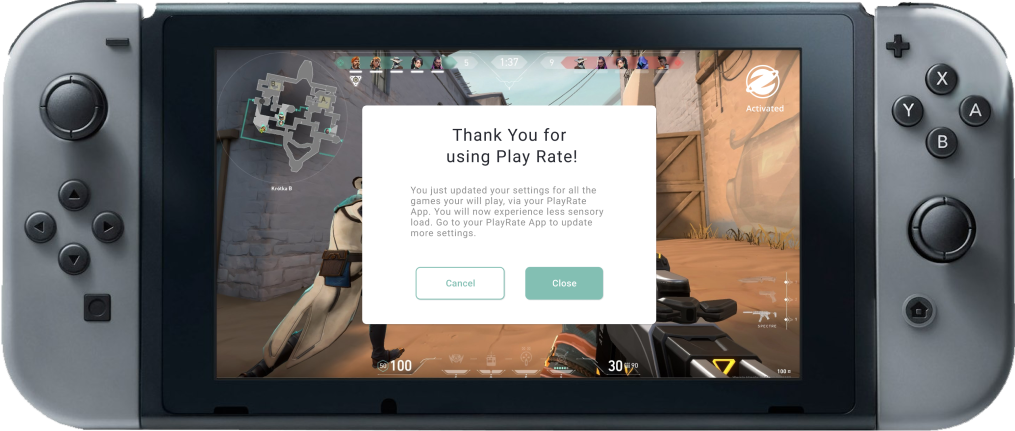

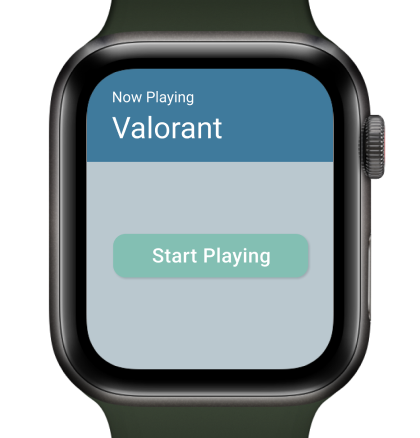
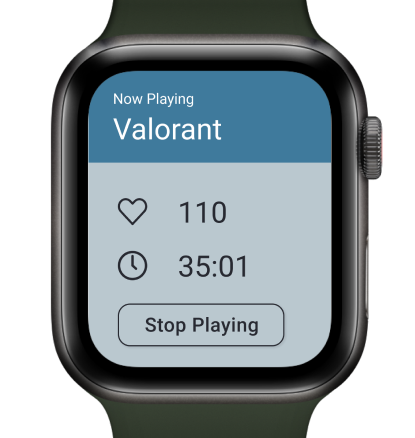
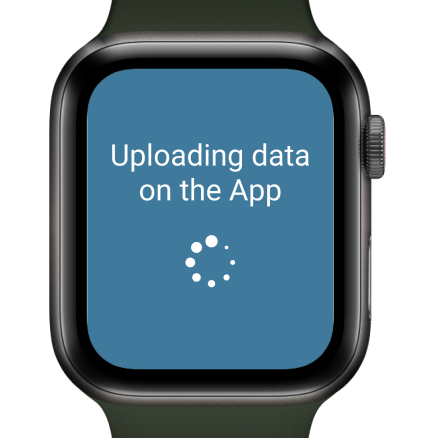
The app can be used by anyone to have video game recommendations, however, it is oriented for people with AVH. A preset per game or default configuration can be created in the app according to the statistics and be used by the plug-in. It will act as a tracker of all the gameplay statistics from the smartwatch as well as social media to recommend video games with moderate stimuli and to interact with other AVH users.
They can subscribe to other auditory or visual hypersensitive players’ profiles, and read their reviews of games they want to try out. After playing, they could provide a review by commenting or rating. They can add friends and check their game history, reviews, etc. Lastly, they could search for different games, check the list of triggering audio and visual stimuli, and take a look at other players’ comments and reviews of the game.
The final product received positive feedback during its presentation. While some were fascinated by the application of the product throughout the three devices, others were invested in adding improvements to the product. I would say that the project was a success as very few found flaws that would diminish the usability of the product.
However, we realize that there are still some limitations. Developing the plug-in, mobile app and smartwatch app would require high costs; PlayRate needs data from previous users to create ratings on the app; PlayRate needs access to sensitive health information from users.
The next steps of the design process to deliver an applicable solution for people with AVH are the use testing, the iteration of the design process for better improvements, and the creation of a high-fidelity prototype.
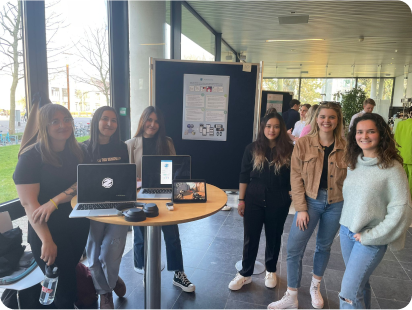
[1] Benham, G. (2006). The highly sensitive person: Stress and physical symptom reports. Personality and individual differences, 40(7), 1433-1440. https://doi.org/10.1016/j.paid.2005.11.021
[2] Durkin, K. (2010). Videogames and young people with developmental disorders. Review of General Psychology, 14(2), 122-140. https://doi.org/10.1177/0265659010368750
[3] Johnston, D., Egermann, H., & Kearney, G. (2020). SoundFields: A virtual reality game designed to address auditory hypersensitivity in individuals with autism spectrum disorder. Applied Sciences, 10(9), 2996. https://doi.org/10.3390/app10092996
Special thanks to my classmates with whom I completed this project: Nadia Tártalo Bravo, Irene Sánchez Parra, Rumittar Rosere Maria, Isabelle Mostart, and Debbie Schoone